Tsavo
Once a single largest national park. Tsavo has been divided by the Nairobi – Mombasa highway. Tsavo East and Tsavo West are two distinct national parks with different ecosystems. Both are home to a wonderful elephant population. Tsavo East is open, flat and bushy. Tsavo West is characterized by wooded, hilly landscapes and black lava flows. Both parks are an ideal stopover when going to the Kenya coast.
Tsavo East
Tsavo West
Tsavo West National Park consists of a huge variety of landscapes. Ranging from swamps, natural springs and rocky peaks, to extinct volcanic cones, rolling plains and sharp outcrops dusted with greenery. The safaris are concentrated in the north of the park, which has magnificent landscapes and a good network of gravel roads.
highlights
Large Tuskers
Over 10,000 elephants call Tsavo home, some of them the last remaining large tuskers found anywhere. The elephants of Tsavo appear red in color due to constantly dust-bathing with the park’s fine red volcanic soil.
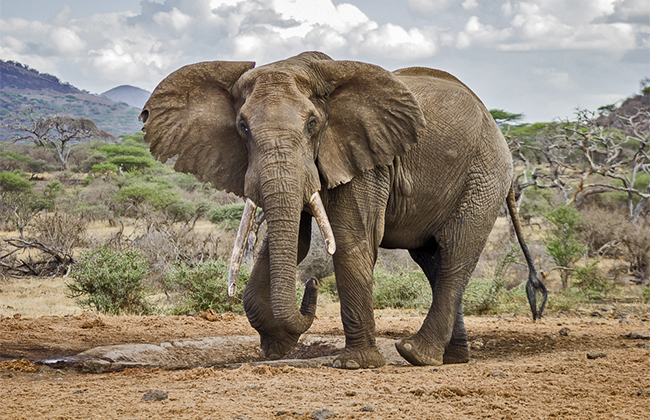
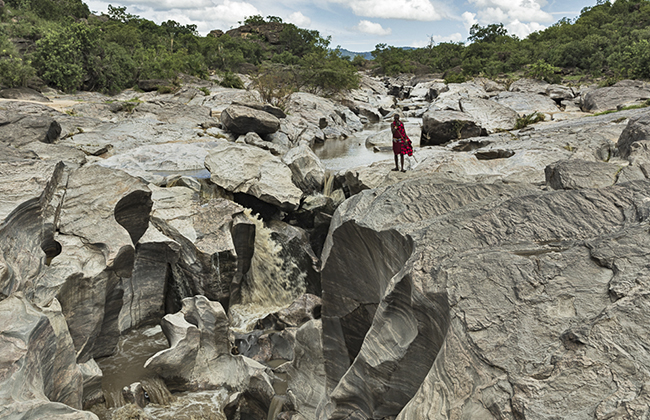
Lugard’s Fall
Wildlife/birdlife
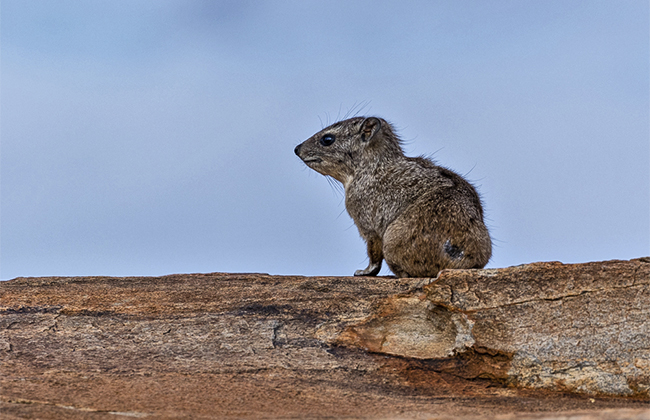
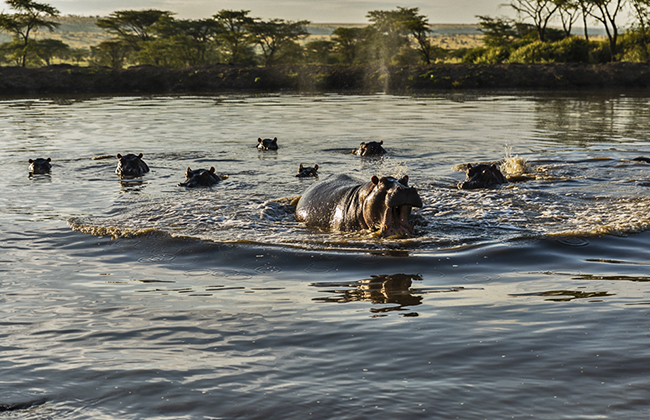
Mzima Springs
Lake Jipe
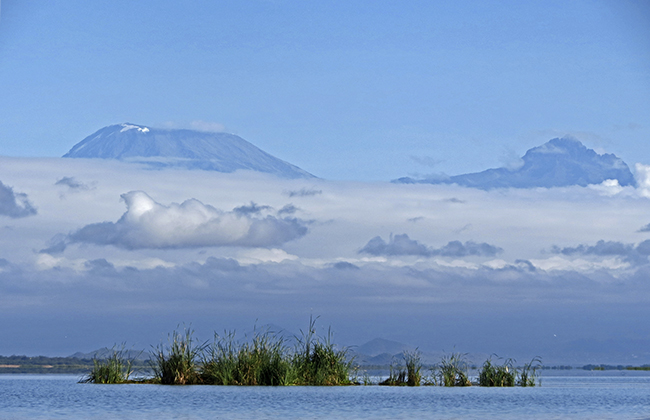
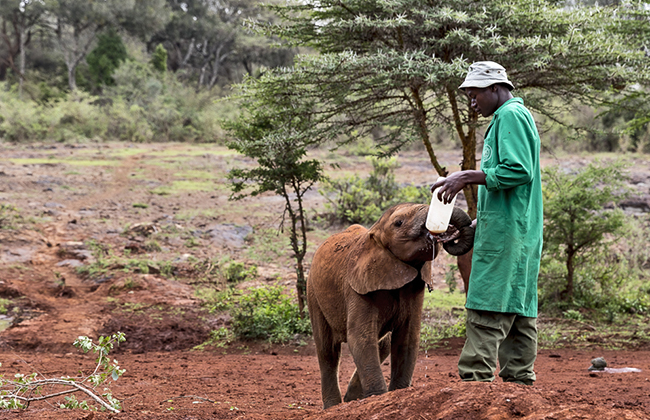
DSWT Ithumba
Best time to visit

